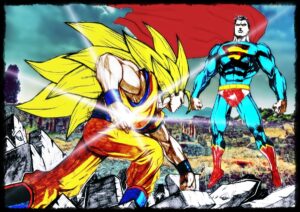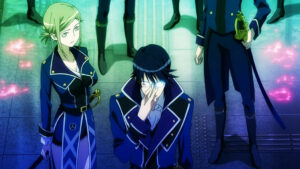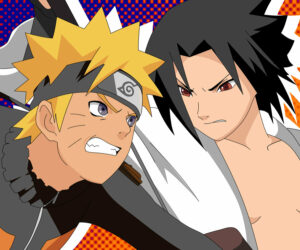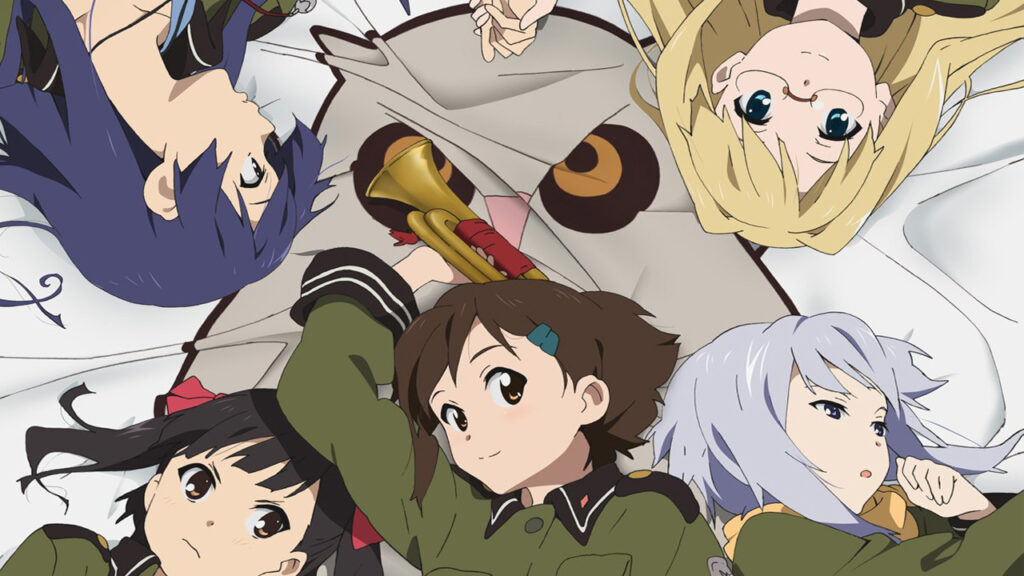Anime and cartoons, though both forms of animated entertainment, often spark debates among fans and casual viewers alike. While they share the common ground of animation, the cultural origins, artistic styles, and thematic elements set them apart. Understanding these differences can enhance one’s appreciation for each medium’s unique qualities.
What is The Difference Between Anime And Cartoons
Anime and cartoons differ significantly in terms of their cultural origins, artistic styles, and thematic elements.
Origins of Anime
 ujjjjAnime, a distinct animation style, originated in Japan in the early 20th century. Influenced by Japanese art forms like manga, it evolved to possess unique characteristics. During its early stages, it drew inspiration from Western animation, but soon developed its own identity. Key pioneers, such as Osamu Tezuka, played a significant role in shaping anime into a form that deeply resonates with Japanese culture and storytelling traditions.
ujjjjAnime, a distinct animation style, originated in Japan in the early 20th century. Influenced by Japanese art forms like manga, it evolved to possess unique characteristics. During its early stages, it drew inspiration from Western animation, but soon developed its own identity. Key pioneers, such as Osamu Tezuka, played a significant role in shaping anime into a form that deeply resonates with Japanese culture and storytelling traditions.
Origins of Cartoons
Cartoons, primarily emerging from Western countries, trace their roots back to the late 19th and early 20th centuries. They began as newspaper comic strips and short animated films. Pioneers like Walt Disney and Max Fleischer were instrumental in establishing the foundations of Western animation. These animations often focused on humor and entertainment, reflecting the cultural contexts of their regions. The emphasis on comedic elements and simpler narratives helped cartoons gain widespread popularity across diverse audiences.
Cultural Influences and Themes
Cultural influences play a crucial role in shaping the themes found in anime and cartoons. While both are forms of visual entertainment, their themes often reflect the cultural landscapes from which they emerge.
Themes in Anime
 Anime frequently explores complex themes intertwined with Japanese culture and philosophy. Common themes include:
Anime frequently explores complex themes intertwined with Japanese culture and philosophy. Common themes include:
- Identity and Transformation: Many anime series address characters’ struggles with identity, exemplified by shows like “Neon Genesis Evangelion.”
- Technology and Society: Series like “Ghost in the Shell” discuss the implications of advanced technology on human life.
- Spirituality and Morality: Titles such as “Fullmetal Alchemist” delve into moral dilemmas and spiritual questions.
- Historical Context: Anime like “Rurouni Kenshin” often incorporates significant historical periods of Japan.
- Relationships and Emotional Growth: Shows like “Your Lie in April” focus on personal relationships and emotional development.
Themes in Cartoons
Cartoons generally emphasize themes aligned with Western cultural norms and values. Common themes include:
- Humor and Satire: Shows like “The Simpsons” use humor to critique societal norms.
- Adventure and Heroism: Series like “Adventure Time” highlight heroic quests and adventurous exploits.
- Moral Lessons: Cartoons such as “Sesame Street” integrate educational content and moral teachings for young audiences.
- Family and Friendship: Themes of family dynamics and friendships appear in series like “The Flintstones.”
- Fantasy and Imagination: Shows like “SpongeBob SquarePants” encourage imaginative thinking through fantastical settings.
Understanding these cultural influences helps illustrate the distinct thematic differences between anime and cartoons, enriching audience appreciation for both genres.
Artistic Styles and Techniques
The artistic styles and techniques used in anime and cartoons contribute significantly to their distinctiveness. Anime emphasizes detailed art and unique character designs, while cartoons often favor exaggerated features and simpler visuals.
Visual Styles in Anime
 Anime showcases intricate artwork and vibrant color palettes. Characters in anime often have large, expressive eyes, distinct hairstyles, and elaborate costumes. Settings in anime frequently include detailed backgrounds, reflecting meticulous craftsmanship. Anime examples like “Naruto” and “Sailor Moon” highlight these visual trademarks.
Anime showcases intricate artwork and vibrant color palettes. Characters in anime often have large, expressive eyes, distinct hairstyles, and elaborate costumes. Settings in anime frequently include detailed backgrounds, reflecting meticulous craftsmanship. Anime examples like “Naruto” and “Sailor Moon” highlight these visual trademarks.
Animation Techniques in Cartoons
Cartoons employ varied animation techniques tailored to different genres. Traditional hand-drawn animation, computer-generated imagery (CGI), and stop-motion are common methods. Cartoon examples include “Tom and Jerry,” which uses slapstick animation, and “Toy Story,” which showcases CGI. The animation in cartoons tends to emphasize humor, action, and dynamic movement traits.
Conclusion
Anime and cartoons, while both animated forms of entertainment, have distinct differences rooted in their cultural origins and storytelling approaches. Anime’s diverse genres cater to various age groups, offering complex narratives and mature themes. Cartoons, though often seen as children-friendly, also include series that appeal to adults with satirical and comedic content. The cultural influences and audience perceptions significantly shape the success and impact of both mediums, allowing them to thrive in the global entertainment landscape. Understanding these differences enhances appreciation for the unique qualities each form brings to the world of animation.

